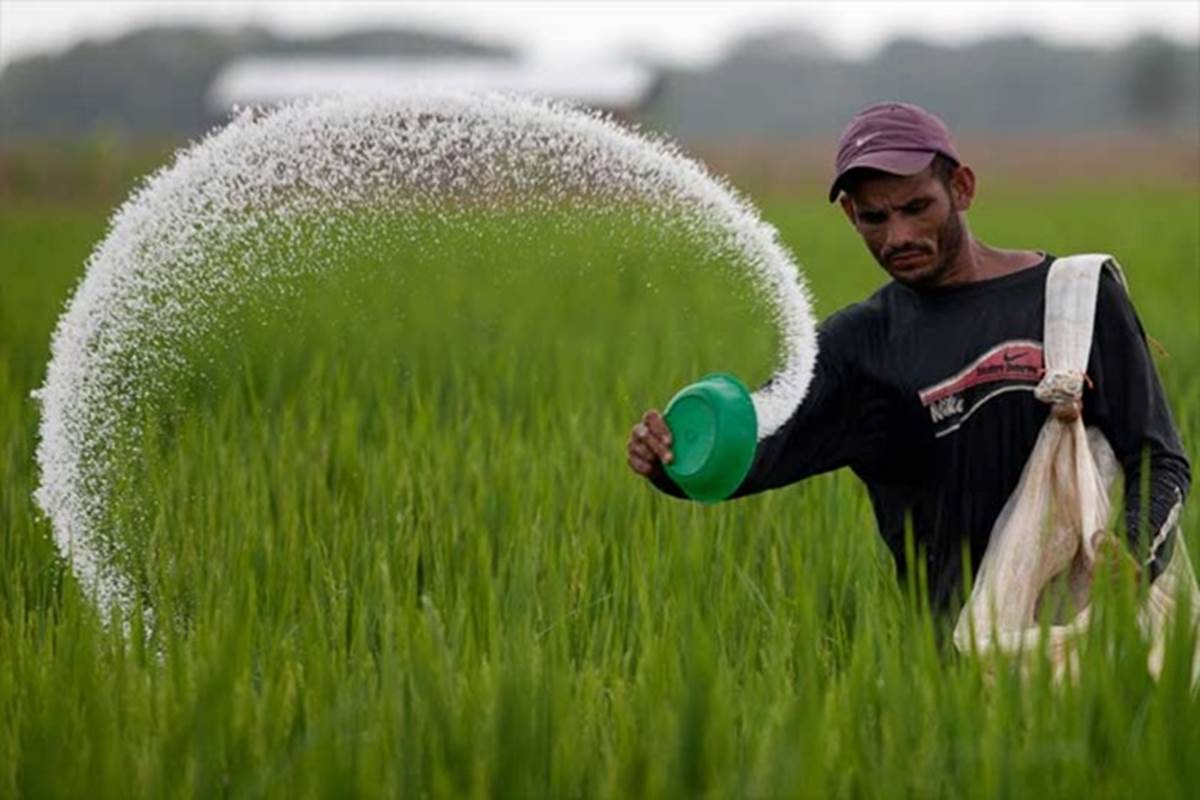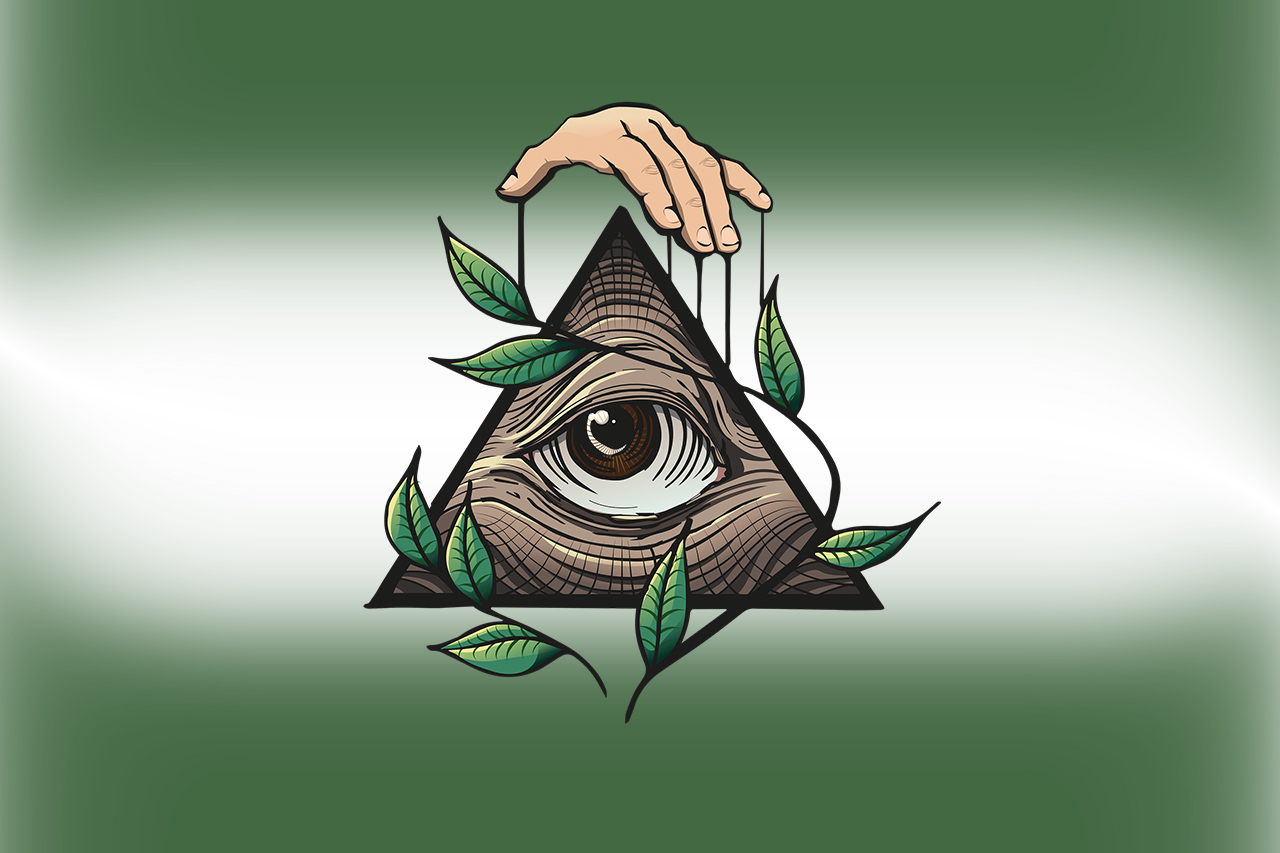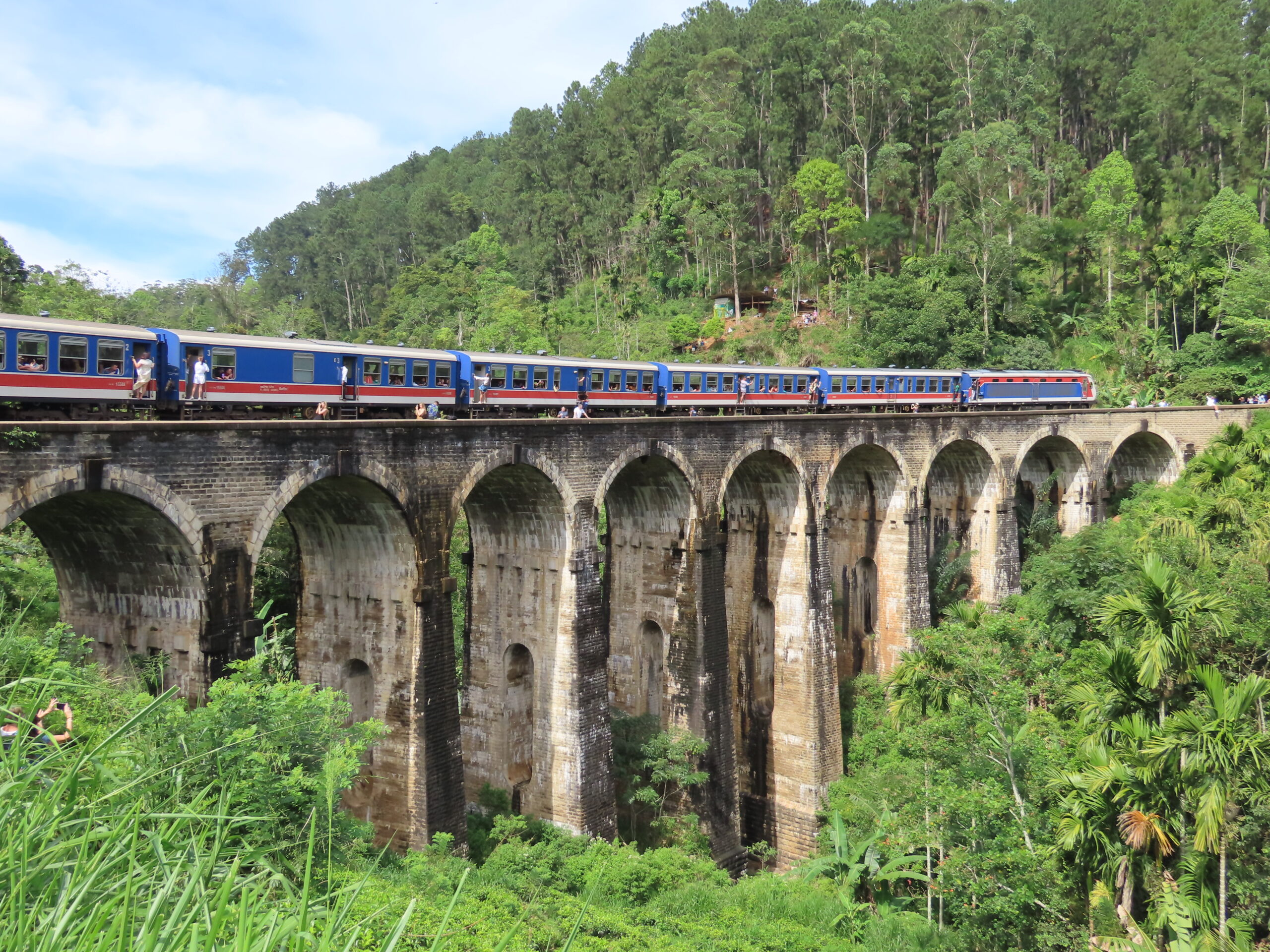MADU GANGA IN SRI LANKA: A HOTSPOT OF BIODIVERSITY
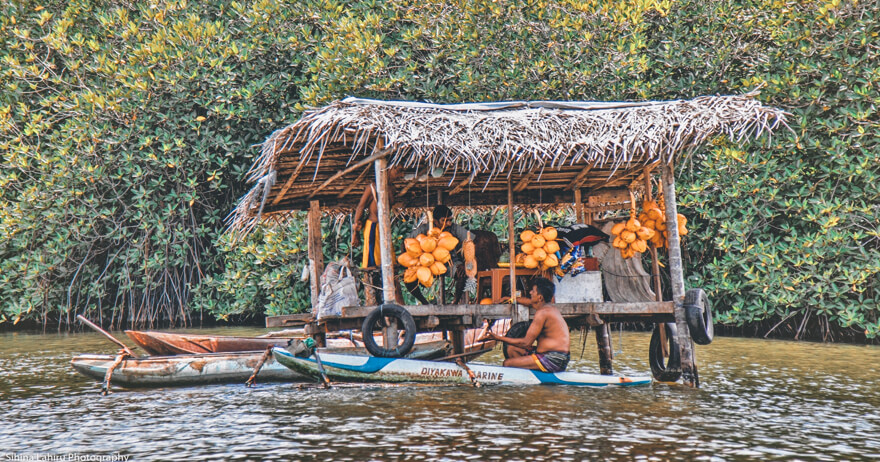
Madu Ganga or (River Madu) wetland is a combination of Madu Ganga and smaller Randombe Lake, connected by two narrow channels. It is ranked among those protected zones on earth, that are rich in biodiversity. The river flows into the Indian Ocean near Balapitiya in the Southern Province, the nearest town to the site, 88 km south of Colombo. Madu Ganga wetland, a hotspot of biodiversity, covering an area of 2,300 ha, was declared as a Ramsar Site on 11th December 2003.
Sixty-four islands are strewn on the river which owes its name to the 39 ha ‘Madu’ island, the largest of the 16 smaller islands. An abandoned Hindu temple stands on the smallest of all, which is but a mass of rock.
In the course of a study to assess the biodiversity of this unique ecosystem, carried out by the IUCN (International Union for Conservation of Nature), founded in 1948 in France, over 300 different species of plants and trees along with an abundance of floral species, have been recorded. The wetland is said to be the habitat for 14 species of mangroves while 28 species of reptiles including venomous snakes like cobras, vipers, and also pythons rat snakes, live on the islands covered with dense forests. Species of amphibians and mammals number 13 and 18 respectively. They include frogs, toads, tortoises, carnivorous mangrove monitors, hog deer, porcupines, otters, golden palm civets, black monkeys, foxes, insect-eating bats, squirrels, etc. In addition, a variety of aquatic snail species as well as 50 brackish and freshwater fish species find shelter in this zone. The wetland is also a bird paradise where some 100 bird species (among them cormorants and birds endemic to Sri Lanka) can be seen hovering among the trees along with 60 species of butterflies.
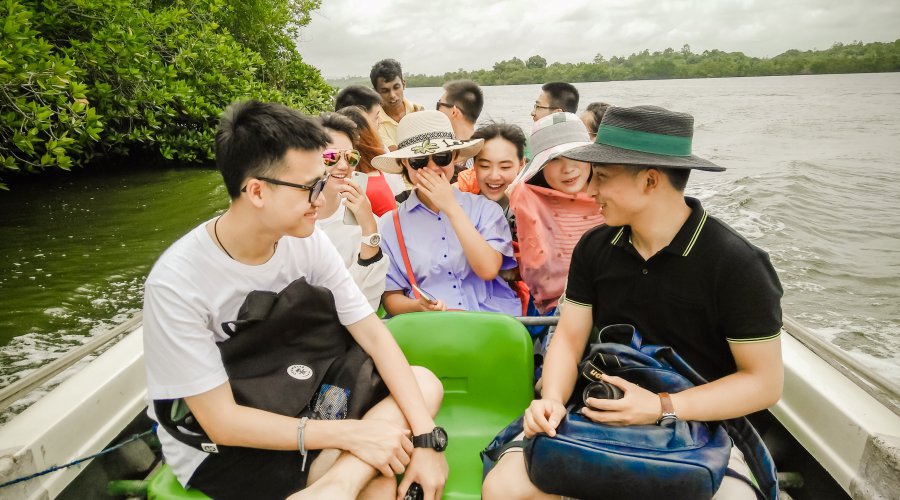
Mangroves, which form a characteristic feature of this wetland landscape, are small trees growing in saline or brackish water. Being trees that resist salt, they are adapted to survive in harsh conditions. The trees are provided with a complex salt infiltration and root systems. They are equally adapted to low oxygen levels of waterlogged mud. Mangroves prop themselves above the water level with stilt roots and can then absorb air through pores in their bark called ‘lenticels’.
The mangroves also serve as a protective shield against floods, soil erosion, storm surge, tsunamis and pollutants. Their massive root structure is capable of dissipating wave energy. Sri Lanka’s mangrove forests have diminished by 70% since 1915 owing to agriculture and aquaculture. The thriving shrimp farms pose a greater threat to these trees that are destroyed when such farms are built, causing the concern of ecologists. Fortunately, cutting down mangroves to be used as firewood is now on the decrease.
The Ramsar Convention on Wetlands of International Importance is an international treaty for the conservation of wetlands throughout the world. The treaty was signed in 1971 in Ramsar city of Iran. The list of wetlands of such importance included 2,331 Ramsar Sites by May 2018, covering more than 2.1 million sq. km. The country with the largest extent of these wetlands is Bolivia in South America, with approximately 148,000 sq. km.
Sri Lanka, a signatory to the treaty, has three internationally recognised Ramsar Sites including Madu Ganga which is of more scenic beauty. The other two are Bundala and Wilpattu. Bundala, in the Southern Province, 245 km southeast of Colombo, became the first Ramsar Site on 15th June 1990, with an area of 6,216 ha. Wilpattu, in the Northwestern and North Central Province, 180 km north of Colombo, was designated as a Ramsar Site on 02nd February 2013, with an area of 131,693 ha.

HISTORICAL SIGNIFICANCE
In addition to being an area of ecological, geographical and also mineralogical significance, Madu Ganga wetland is also steeped in history of the country which boasts of a long period of 2,500 years. Stone monuments and pillars, moonstones, ancient stairs, etc. of archaeological interest, have been discovered. At the temple on Kothduwa island where I have been on several occasions, stands the Bo tree (Ficus Religiosa), sacred to the Buddhists. It is said to have sprung up from one of the 32 buds from the sacred Bo tree in Anuradhapura in the North Central Province, which, in turn, is thought to be the southern branch of the original Bo tree in India under which Buddha attained Enlightenment.
The story says that Prince Dantha and Princess Hemamali, bringing Buddha’s sacred tooth relic to Sri Lanka from India in the 4th century AD, hiding it in the hair of the princess, and disguised as Brahmins, landed at Welitota (presently Balapitiya) before they hid the relic at Kothduwa.
Balapitya is mentioned in ancient chronicles as Welitota. Deva Pathiraja, a minister to King Parakramabahu IV who reigned in the 14th century AD, was staying in this area with his army to annihilate foreign invaders who had landed there. Legends say that Welitota was re-named Balapitiya after the Sinhalese word “Balasena” meaning ‘troops’ (of the minister). It is also believed that the minister planted the Bo bud on the Kothduwa temple premises.

Today Balapitiya has become a major centre of tourist attraction. Businessmen in the area ferry motor boats across Madu Ganga, taking tourists under mangrove tunnels to see the temples, stopping over at islands where cinnamon powder and oil are sold to visitors.
To catch shrimps the islanders use bamboo structures where oil lamps are hung. The shrimps who are attracted by the light at night will be collected the following day. The islanders also make a living by making ropes from coconut fibres.
Near the bank of the river locals also provide a so-called foot massage to the visitors. Small fish, bred in tanks, peck at the dead skin of the tourists, causing a tickling sensation.

